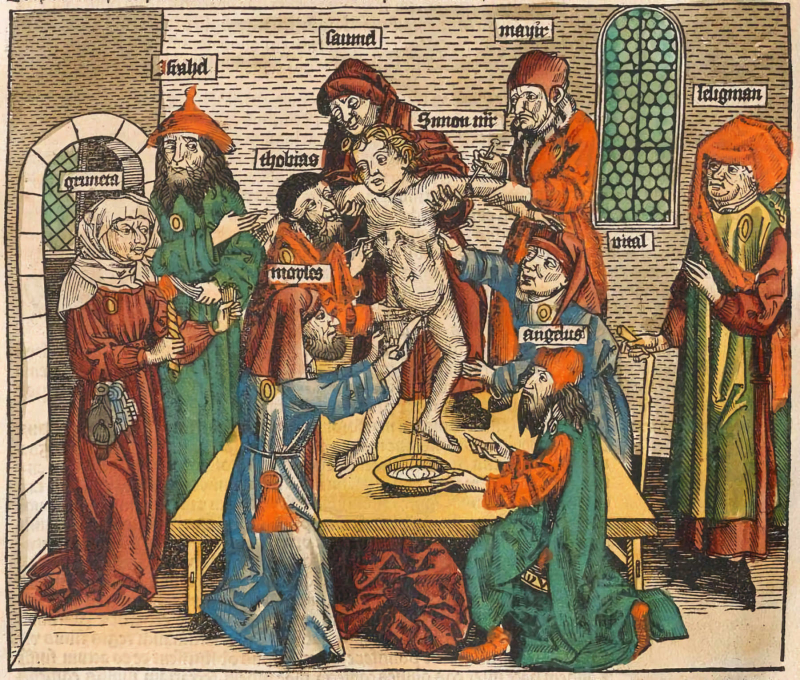1943

While picking the worst year of the Second World Conflict would be extremely wrong - no year from the largest, most devastating global war people have ever seen could be termed 'better' than any other - 1943 was, without a question, when some of the war's worst events occurred.
For one thing, it was the height of the Holocaust. By the conclusion of the spring of that year, the genocide had claimed the lives of around 1.3 million Jewish inmates from Nazi-held area, albeit this figure also included a significant number of Romas (gypsies), partisans, and Soviet prisoners of war. It was also the year Josef Mengele, the most infamous of all Nazi scientists responsible for some of the most brutal experiments on prisoners, was appointed to Auschwitz, ushering in what was perhaps the deadliest era of the Holocaust.
Another lesser-known but equally deadly catastrophe was taking place on the other side of the planet in India. The Bengal famine of 1943 - caused by the British forces moving enormous amounts of food resources from the region to aid the war effort in the Eastern theater - caused the deaths of close to 3 million people in the state, making it one of the biggest humanitarian disasters of the whole war.
The year also marked the climax and peak of the Combat of Stalingrad, which was easily the greatest and bloodiest battle in human history in terms of sheer numbers, with over 2 million troops and 400,000 civilians killed by the end. While it was a watershed moment for the allied forces (they weren't actually 'winning' until this point), the human cost of this single fight was enormous for both Germany and the Soviet Empire.










